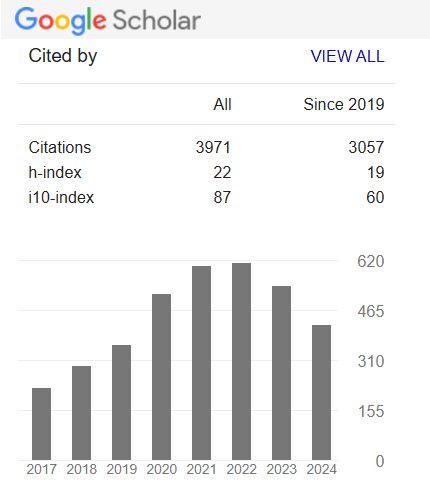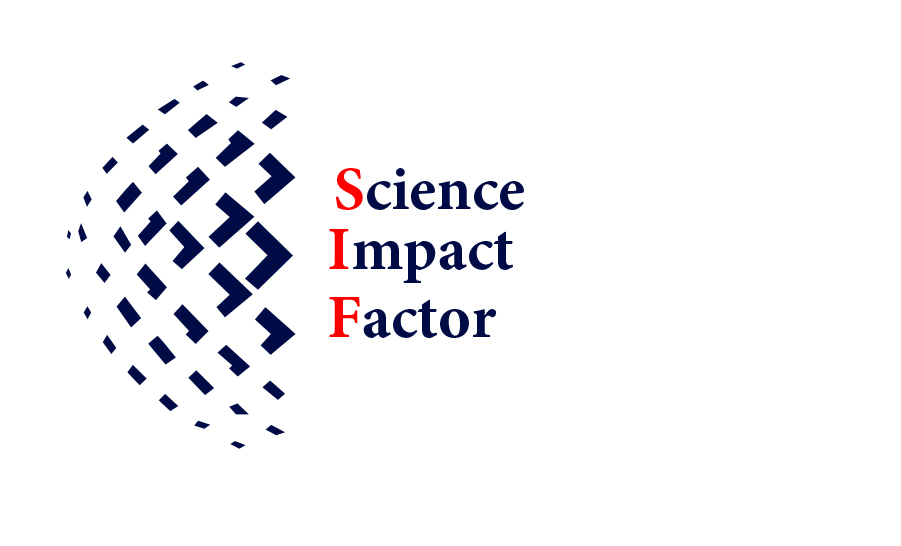Bioresource Potential and Environmental Food Security Perspectives of Two Underutilized Cucurbit Vegetable Crops, Momordica balsamina L. and Trichosanthes cucumerina subsp. cucumerina L.
Abstract
Wild vegetables related to cultivated crops have not been given enough attention and use. Such underutilized species are Momordica balsamina (African pumpkin, bitter cucumber, or bitter melon) and Trichosanthes cucumerina subsp. cucumerina (locally called kattupatavalam, chichinga, potlakaaya, pudalankaai, aduvalakaayi, snake tomato) are members of the Cucubitaceae family. M. balsamina, which is closely related to Momordica charantia, is a highly climbing annual to perennial herb with tendrils that bears fruit, exhibits dual attributes, showcasing both medicinal and nutritional properties. All the parts of M. balsamina are home to a variety of medicinally significant substances, and have anti-HIV, anti-plasmodial, shigellocidal, anti-diarrheal, antiseptic, anti-bacterial, anti-viral, anti-inflammatory, anti-microbial, hypoglycemic, antioxidant, analgesic, and hepatoprotective properties. T. cucumerina subsp. cucumerina is a plant used in ayurvedic medicine and is one of the key components of many herbal products sold today. The phytochemicals that are present in the T.cucumerina subsp. cucumerina influence its pharmacological activity and potential for therapeutic use. The ecological, morphological, and nutraceutical features of these two underutilized wild cucurbits are covered in this review and to popularize the highly valued plants having high health benefits for its conservation in its natural habitat and make people to encourage their cultivation in their kitchen gardens.
Downloads
Downloads
Published
How to Cite
Issue
Section
License
Copyright (c) 2024 Siddhuraju Perumal

This work is licensed under a Creative Commons Attribution-NonCommercial-NoDerivatives 4.0 International License.
Open Access This article is licensed under a Creative Commons Attribution 4.0 International License, which permits use, sharing, adaptation, distribution and reproduction in any medium or format, as long as you give appropriate credit to the original author(s) and the source, provide a link to the Creative Commons license, and indicate if changes were made. The images or other third party material in this article are included in the article’s Creative Commons license unless indicated otherwise in a credit line to the material. If the material is not included in the article’s Creative Commons license and your intended use is not permitted by statutory regulation or exceeds the permitted use, you will need to obtain permission directly from the copyright holder. To view a copy of this license, visit http://creativecommons.org/ licenses/by/4.0/










